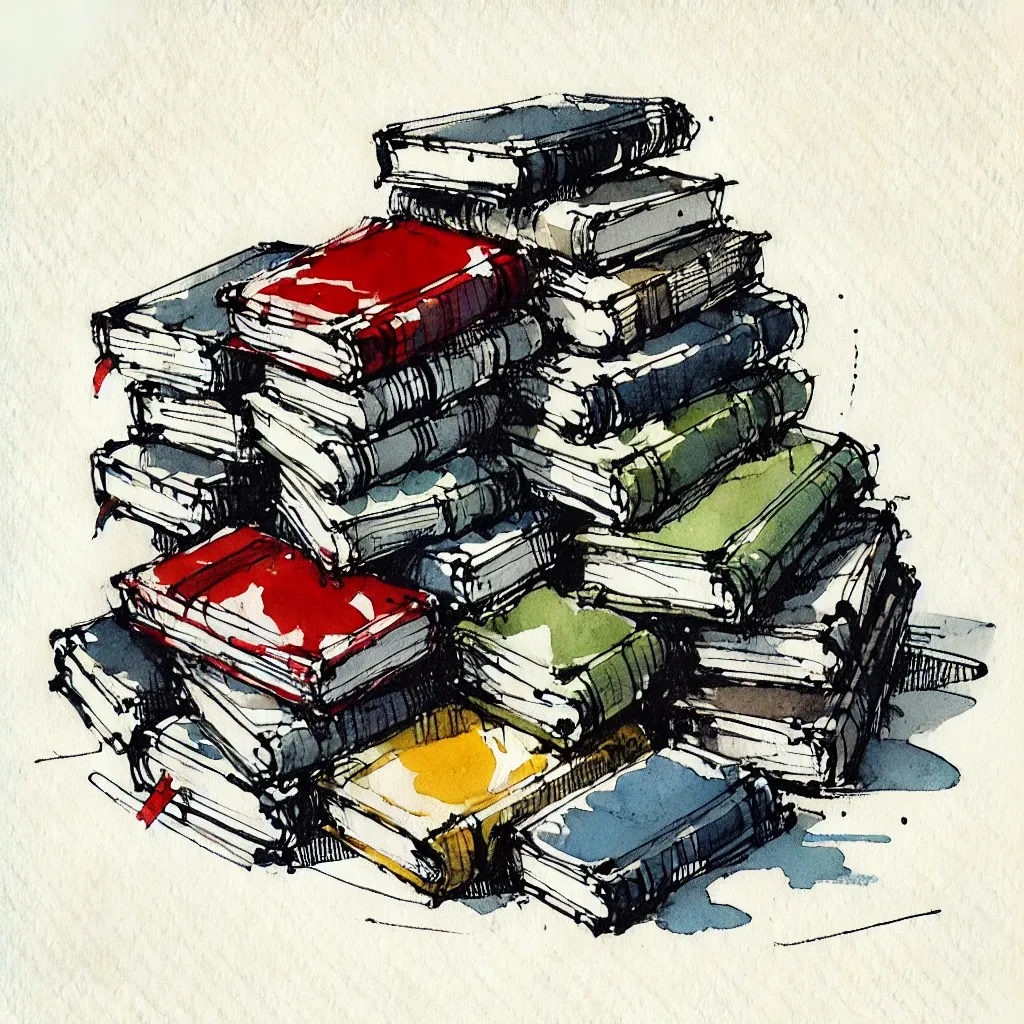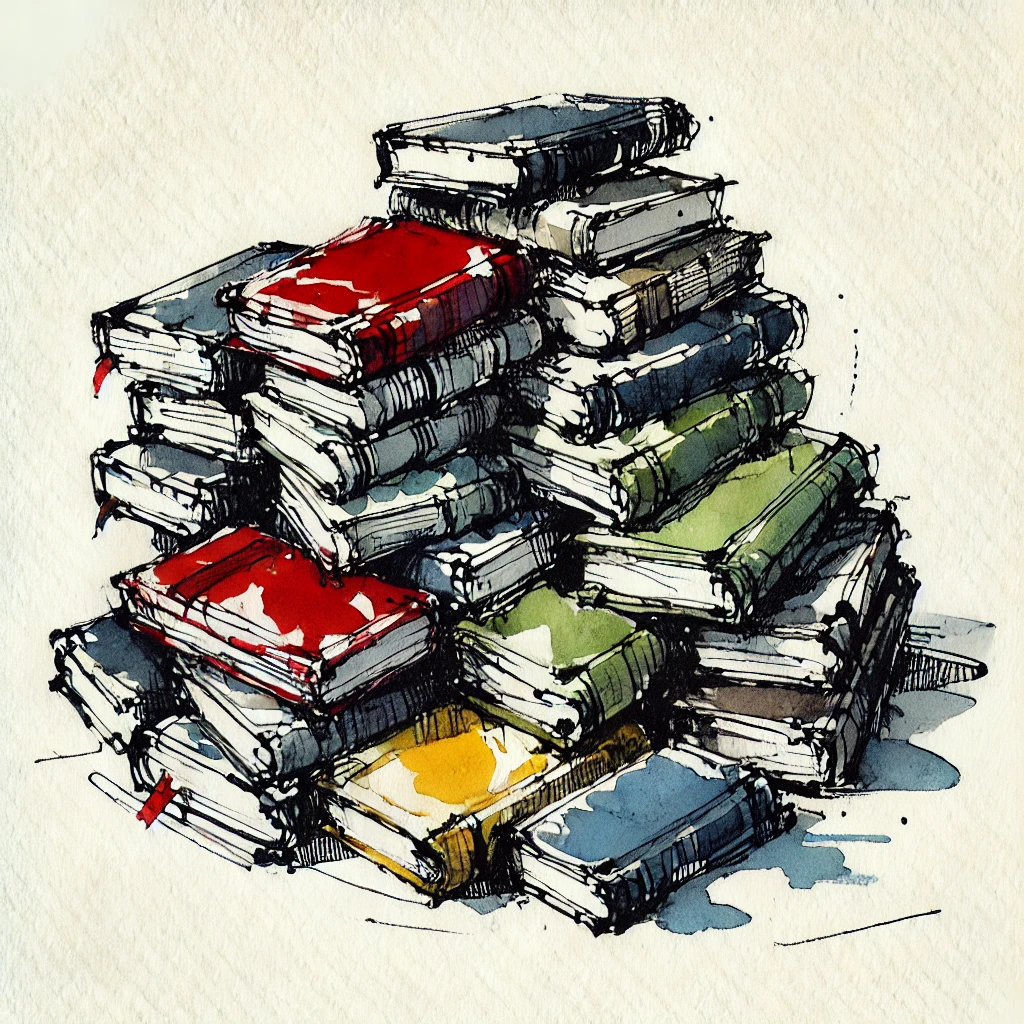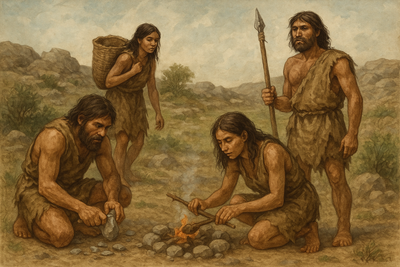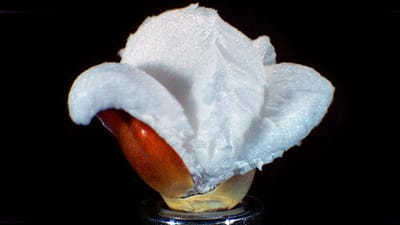Overcoming Curiosity Killers: Rediscovering Wonder Through Personality Awareness

I work with a wide range of people across different projects, and one thing I’ve come to notice is how curiosity doesn’t always come naturally. Even among thoughtful, creative, and capable people, asking deeper questions or sitting in uncertainty can feel foreign or even uncomfortable.
Why is that?
It's not just the environment. Sure, fast-moving workplaces, social norms, and pressure to perform can suppress curiosity. But more often, it's a complex mix of personality, life experience, upbringing, education, and even how we've learned to approach questions.
Curiosity isn't a one-size-fits-all thing. It can be expressed in many ways, or quietly silenced, depending on how we move through the world. Some people hesitate to ask questions out loud. Others ask many, but rarely go beyond the surface. Some crave answers, while others avoid the unknown entirely.
That’s why I often refer to the DISC Personality Color model. It’s not a perfect system, and we’re definitely not just one color, but it’s a helpful tool to reflect on how we tend to behave and how those tendencies affect our relationship to curiosity.

What the colors represent
In the DISC model, each color represents a different energy or behavioral tendency. Again: these aren’t fixed personality types, but rather ways of showing up, ways we think, act, and relate depending on the context we’re in.
Most of us express a blend of these energies, and the balance can shift over time. For example, someone who once led with Green and Yellow tendencies may develop more Red traits in a leadership role, or lean into Blue traits when managing complexity or detail.
Here’s a simplified overview of what each color typically represents:
🔴 Red – Doing, driving, deciding
This energy is about action, direction, and results. When someone is operating in a Red mode, they’re focused, ambitious, and often comfortable taking charge. They prefer forward motion over prolonged reflection and tend to value efficiency and clarity.
🔵 Blue – Thinking, analyzing, structuring
Blue energy focuses on precision, logic, and getting things right. It shows up in people who value structure, who like working with facts and details, and who tend to be careful, deliberate thinkers. This mode seeks clarity and quality over speed.
🟡 Yellow – Expressing, creating, connecting
Yellow brings enthusiasm, sociability, and spontaneity. It shines through in people who thrive on energy, interaction, and creative thinking. Yellow energy often leads with imagination and enjoys exploring possibilities, especially in collaboration with others.
🟢 Green – Supporting, listening, stabilizing
Green energy is rooted in empathy, patience, and a desire for harmony. It often emerges in people who care deeply about others, who prefer steadiness over chaos, and who seek to create emotionally safe environments. Green modes prioritize relationships and cooperation.
These are not boxes. They’re lenses: ways of noticing what’s active in us in a given moment or situation.

How curiosity works for each color type
Now let’s look at how these tendencies might interact with curiosity. What holds it back? What brings it alive? And how can we consciously bring more of it into our lives, whatever our blend may be?
🔴 Red – Driven by action and results
Curiosity challenge
Red types can be so focused on moving forward that slowing down to explore can feel like a waste of time. Questions that don’t lead directly to a solution may seem irrelevant or inefficient.
- Prioritizing outcomes over exploration
- Seeing questioning as inefficient or unnecessary
- Discomfort with ambiguity that doesn’t lead to a clear decision
- Risk of missing out on new perspectives by pushing too quickly to solve
Reignite strategy
Reframe curiosity as a competitive advantage. Curiosity isn’t about slowing down. It’s about seeing more. It sharpens decision-making, reveals blind spots, and leads to better strategy.
Try this
Set aside 10 minutes at the start of a project to ask:
- “What am I not seeing yet?”
- “What assumptions am I running with?”
Practice tip:
- Create a "pause point" in decision-making where questions must be asked before moving forward.
- Ask other people to play devil’s advocate or bring a completely different viewpoint.
- View asking questions as a form of strategic leadership, not uncertainty.
🔵 Blue – Anchored in precision and logic
Curiosity challenge
Blue types often want to get it right. This can make them hesitant to ask open-ended questions, especially if there's no clear data yet. They may get stuck in analysis or fear being wrong.
- Fear of being wrong or asking a “bad” question.
- Getting stuck in research and never starting the inquiry.
- Needing all the data before opening up to exploration.
- Doubting the value of questions that can’t be measured.
Reignite strategy
Give yourself permission to explore before you fully understand. Curiosity doesn’t require certainty. It’s actually how we get there. Think of it as an investigation phase, not a risk to accuracy.
Try this
Keep a “working question” journal. Choose one open-ended question each week and reflect on it without needing to answer it fully.
Practice tip:
- Try “What if?” thinking: What if I set aside the data for a moment… what would I guess or intuit?
- Create space for low-stakes exploration (like informal brainstorming sessions)
- Remind yourself that not all valuable questions have immediate or logical answers. And that’s okay.
🟡 Yellow – Energized by possibility and connection
Curiosity challenge
Yellow personalities are great at sparking ideas but can sometimes skim the surface. Curiosity can be scattered, jumping from one interest to the next without depth.
- Jumping from one idea to the next without following through
- Focusing more on expression than exploration
- Struggling to stay with uncomfortable or slow-moving questions
- Losing curiosity when energy or enthusiasm dips
Reignite strategy
Anchor your natural enthusiasm into deeper exploration. Choose one idea or question and commit to exploring it over time. Let your social energy fuel connection and inquiry, not just excitement.
Try this
Host a “curiosity conversation” with a friend or colleague. Choose a meaningful, open question like:
- “What does it mean to live well?”
- “When do you feel most alive?”
Practice tip:
- Choose one big question to explore over a month. Write, talk, or create around it.
- Practice deep listening. Get curious about what people aren’t saying.
- Notice where excitement drops off and gently stay with the discomfort. (Yellow energy thrives on momentum and enthusiasm, but curiosity isn’t always thrilling. Sometimes, when the excitement fades, the real discovery begins. That drop in energy can be a signal: you’ve reached a deeper layer, one that asks for patience and presence. Instead of moving on to something shinier, try staying with it. What are you avoiding? What might emerge if you gave it a little more space? This is something I always have to keep in mind myself.)
🟢 Green – Rooted in empathy and stability
Curiosity challenge
Green types often avoid rocking the boat. Asking uncomfortable or confrontational questions can feel risky. They may hold back curiosity if it could disturb emotional balance.
- Holding back inquiry if it feels disruptive to group harmony
- Assuming you already understand someone instead of asking
- Preferring emotional safety over intellectual risk
Reignite strategy
Reframe curiosity as an act of care. When rooted in empathy, questions become bridges, not threats. Your desire for connection can actually lead to deeper inquiry.
Try this
The next time something feels “off” in a conversation, gently ask:
- “Can you help me understand what’s behind that?”
- “Is there something you wish I’d asked?”
Practice tip:
- Ask quiet questions in safe spaces. Small moments can lead to big insight.
- Use journaling as a way to explore questions that feel emotionally charged.
- Reflect on: Where might I be assuming, rather than asking?
The School of Curiosity is a reader-supported publication. To receive new posts and support my work, consider becoming a subscriber.
Final thought: Curiosity isn’t fixed. It’s practiced.
No matter what your dominant color is, curiosity isn’t a personality trait you either have or don’t have. It’s a posture. A practice. Sometimes it comes easily. Sometimes it needs space, patience, and a bit of unlearning.
By understanding your natural patterns (How you move through the world, how you think, act, and relate) you can also begin to notice where your curiosity gets blocked, and how to bring it back.
Curiosity isn’t just about asking questions.
It’s about being open again.
To yourself, to others, to possibilities you hadn’t yet considered.
And maybe most importantly: to the idea that you don’t have to know everything…





